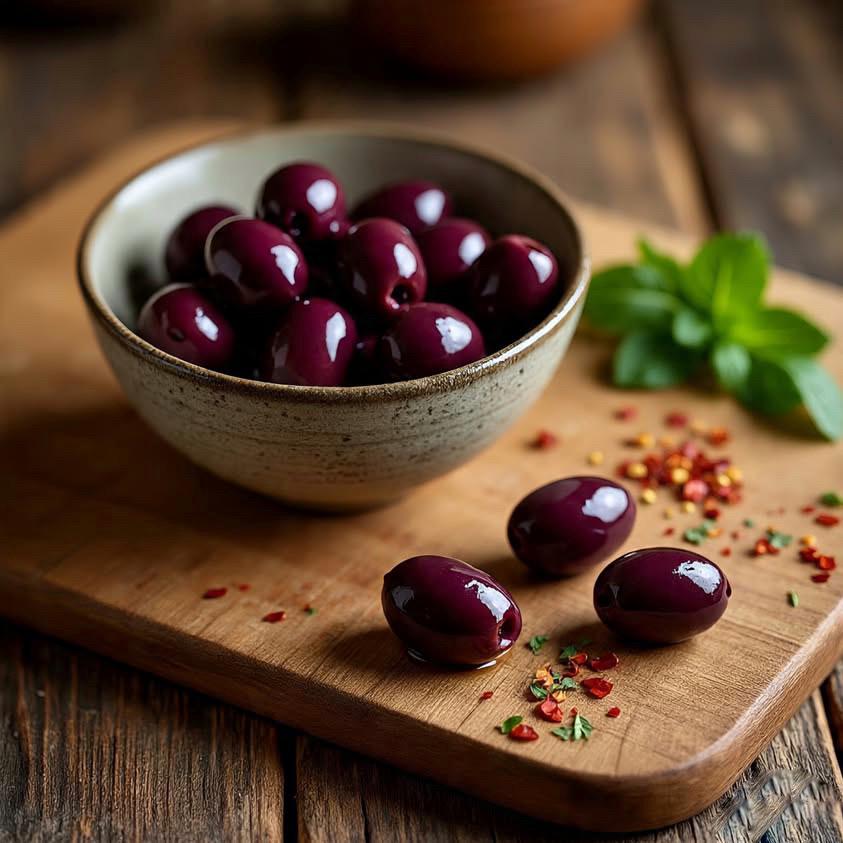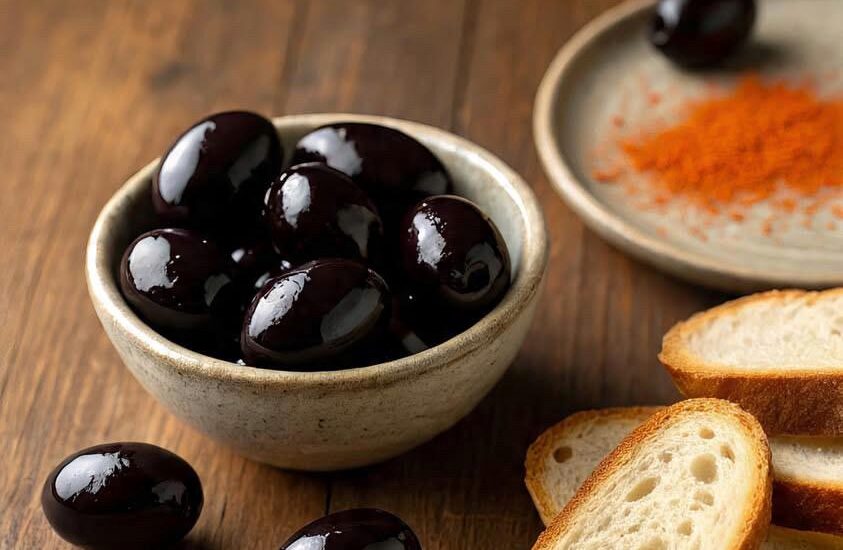From flavor balance to texture contrast, learn how this classic topping enhances every slice. I have to admit, I was not always a black olive enthusiast. Growing up, I was one of those kids who would meticulously pick off every single black olive from my slice of pizza, leaving behind these little dark circles of oil on the cheese. My mom would shake her head and tell me I was missing out on something special, but at eight years old, I was convinced that anything that looked that dark and mysterious could not possibly taste good.
Fast forward twenty years, and black olives have become my go to pizza topping. What changed my mind was actually a late-night pizza order in college when my roommate insisted on getting black olives on half the pizza. I was starving, too tired to pick them off, and took that first hesitant bite. The briny, slightly salty flavor paired with the melted mozzarella cheese created this incredible umami explosion that I had never experienced before.
Black olives bring something unique to pizza that other toppings simply cannot match. While pepperoni adds spice and sausage brings heartiness, black olives contribute this subtle earthiness that balances out the richness of cheese and sauce. They are not trying to steal the show like some aggressive toppings do. Instead, they work quietly in the background, enhancing every other flavor on your slice.
The texture contrast is equally important. When you bite into a pizza topped with black olives, you get that initial softness of the cheese and dough, followed by the firm yet tender pop of the olive. It creates this layered eating experience that keeps your taste buds engaged with every bite. I have noticed that pizzas without some kind of textural variety often feel flat, like they are missing something essential.

What really sets black olives apart from their green cousins is their mildness. Green olives can be quite assertive, sometimes overwhelming the delicate balance of a good pizza. Black olives, particularly the canned variety most pizzerias use, have been processed to remove much of their bitterness. This makes them incredibly versatile and approachable for people who might otherwise shy away from olives altogether.
The science behind why black olives work so well on pizza has to do with glutamates, those compounds that create savory umami flavors. Olives are naturally high in glutamates, which is why they pair so beautifully with other umami rich ingredients like tomato sauce , aged cheeses, and cured meats. When you combine black olives with these elements on a pizza, you are essentially creating a umami bomb that satisfies your taste buds on a deep, almost primal level
I remember the first time I tried to make homemade pizza with black olives. I was so excited about my creation that I loaded it up with what seemed like half a jar. Big mistake. The pizza ended up tasting like I was eating a Mediterranean salad that happened to have some bread underneath it. That experience taught me an important lesson about balance and restraint when it comes to pizza toppings.
The key to using black olives effectively on pizza lies in moderation and placement. You want enough to provide flavor and texture contrast, but not so many that they dominate every bite. I typically aim for about one olive per bite sized piece, distributing them evenly across the surface so every slice gets its fair share.
Black olives also play well with others, which makes them an excellent team player in the world of pizza toppings. They complement Mediterranean ingredients like feta cheese, sun-dried tomatoes, and fresh basil beautifully. But they also work surprisingly well with more traditional American pizza toppings like mushrooms, bell peppers, and even Hawaiian-style ham and pineapple combinations.
One thing that frustrates me about some pizza places is their stinginess with black olives. You order a pizza with black olives and end up with maybe six or seven sad little pieces scattered across an entire large pizza. Good black olive coverage should be generous enough that you get at least one or two olives in every bite, but not so heavy that they overpower the other flavors.
The nutritional aspect of black olives on pizza is another bonus that I appreciate more now than I did in my younger years. Olives contain healthy monounsaturated fats, vitamin E, and various antioxidants. While pizza is never going to be health food, choosing black olives as a topping does add some nutritional value to your meal.
Whether you are a longtime black olive pizza lover or someone who has been hesitant to try them, I encourage you to give this classic topping another chance. Sometimes our taste preferences change as we mature, and what seemed unappealing as children can become favorites as adults. Black olives might just surprise you with their subtle complexity and perfect pizza partnership.
Reference
U.S. Department of Agriculture, Agricultural Research Service. (2024). FoodData Central: Olives, ripe, canned (small-extra large). https://fdc.nal.usda.gov/fdc-app.html#/food-wdetails/169094/nutrients
Beauchamp, G. K. (2009). Sensory and receptor responses to umami: An overview of pioneering work. The American Journal of Clinical Nutrition, 90(3), 723S–727S. https://doi.org/10.3945/ajcn.2009.27462E
Kurihara, K. (2015). Umami the fifth basic taste: History of studies on receptor mechanisms and role as a food flavor. BioMed Research International, 2015, Article 189402. https://www.ncbi.nlm.nih.gov/pmc/articles/PMC4515277/

